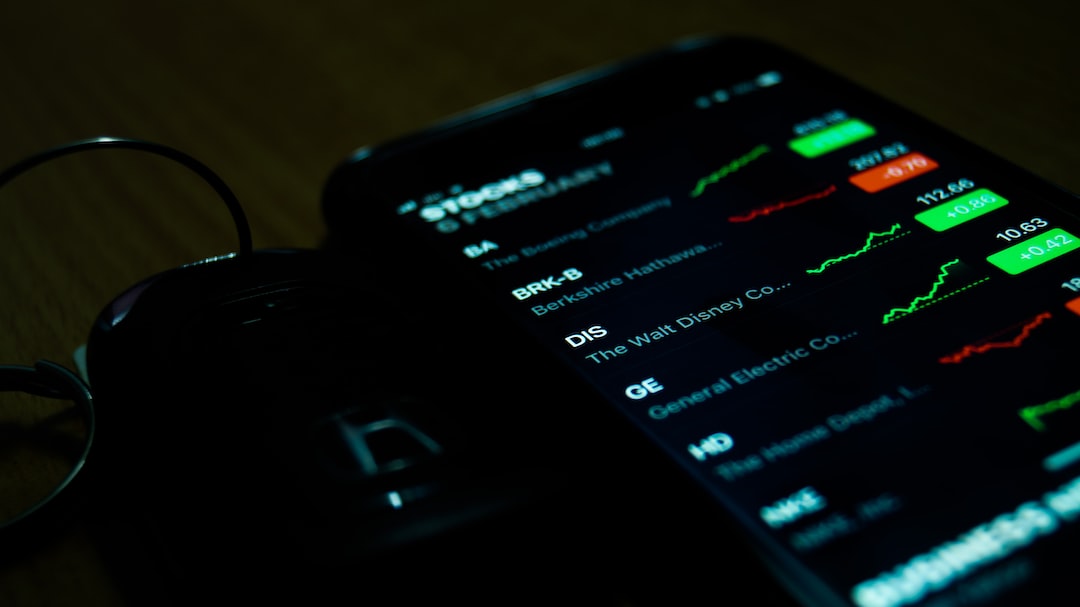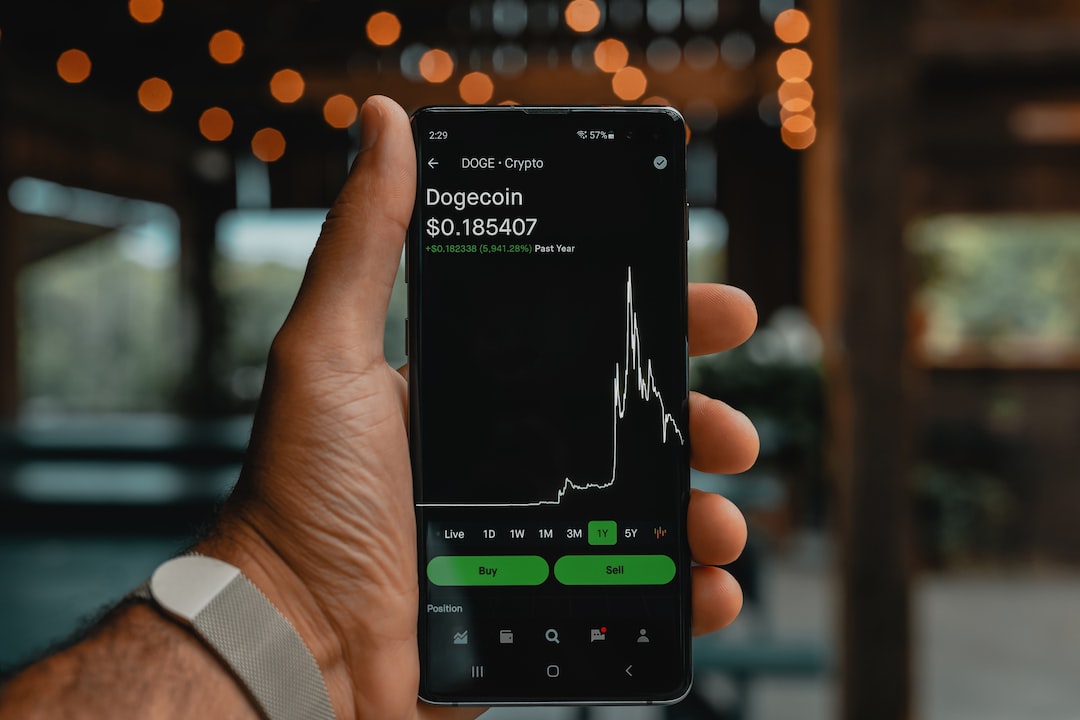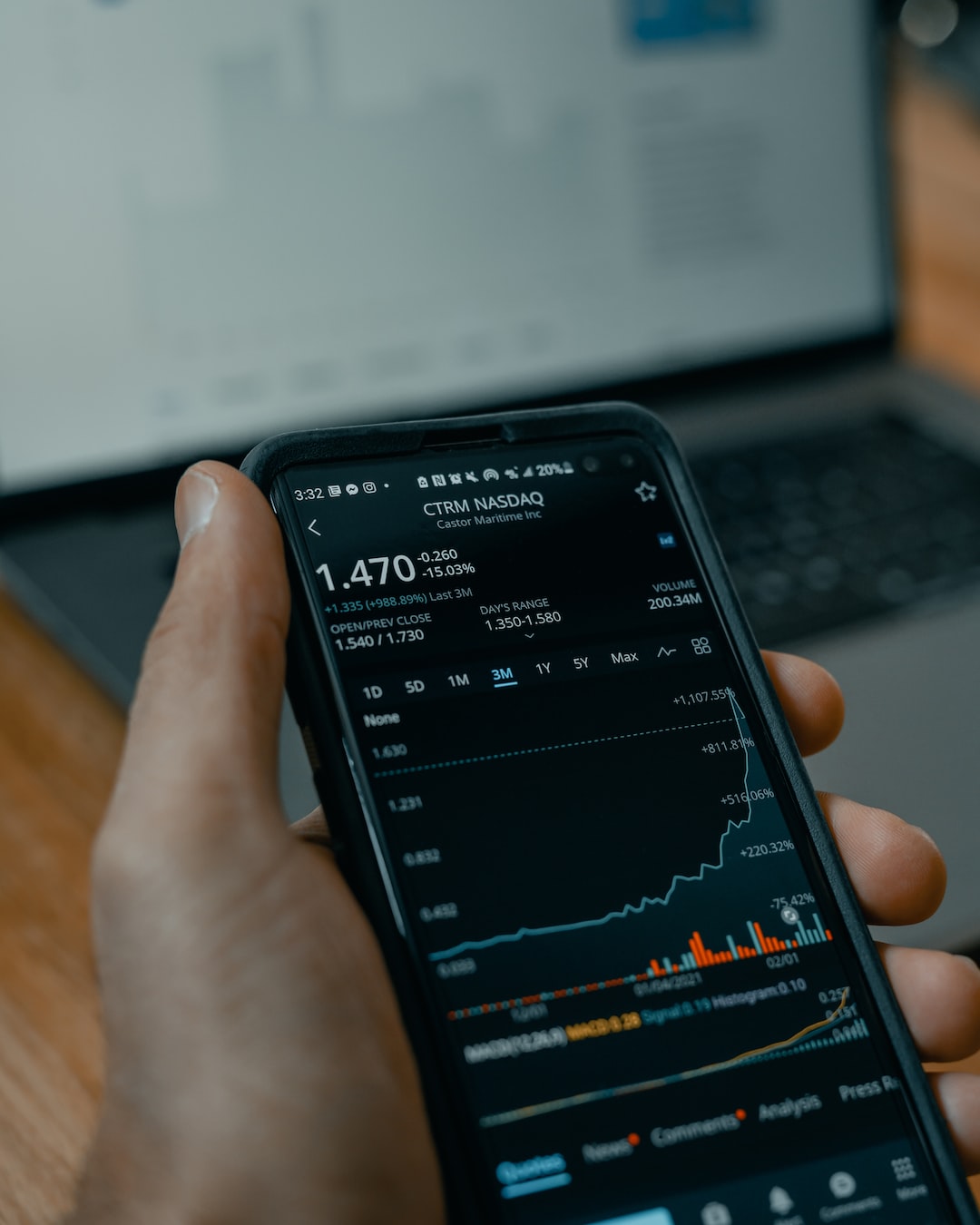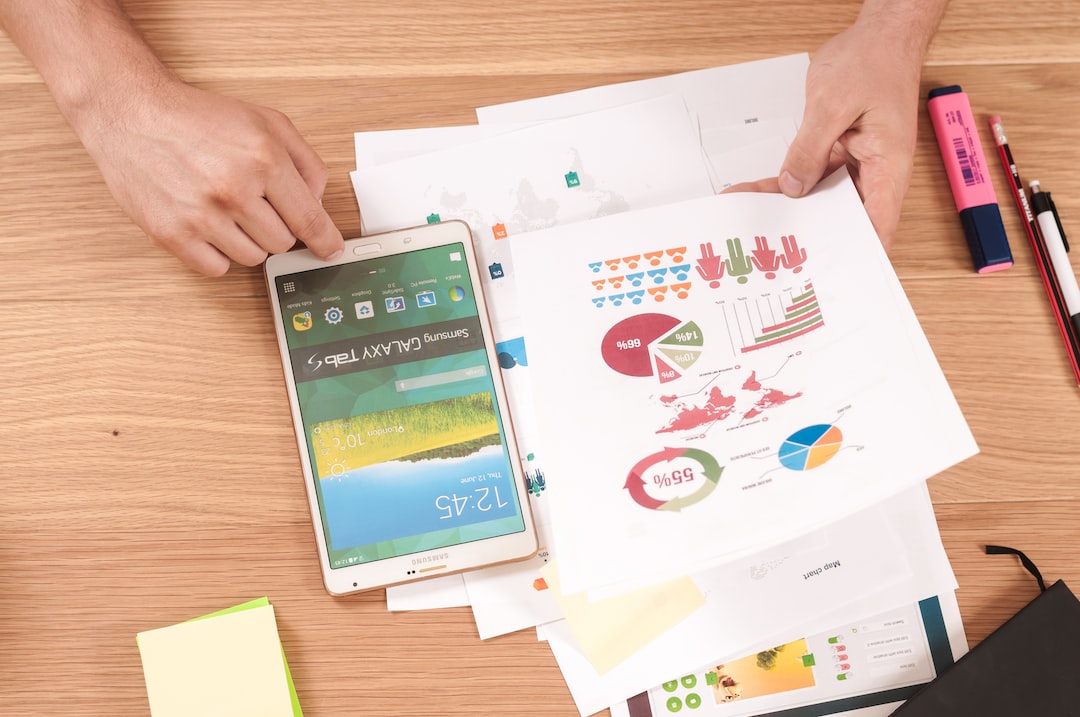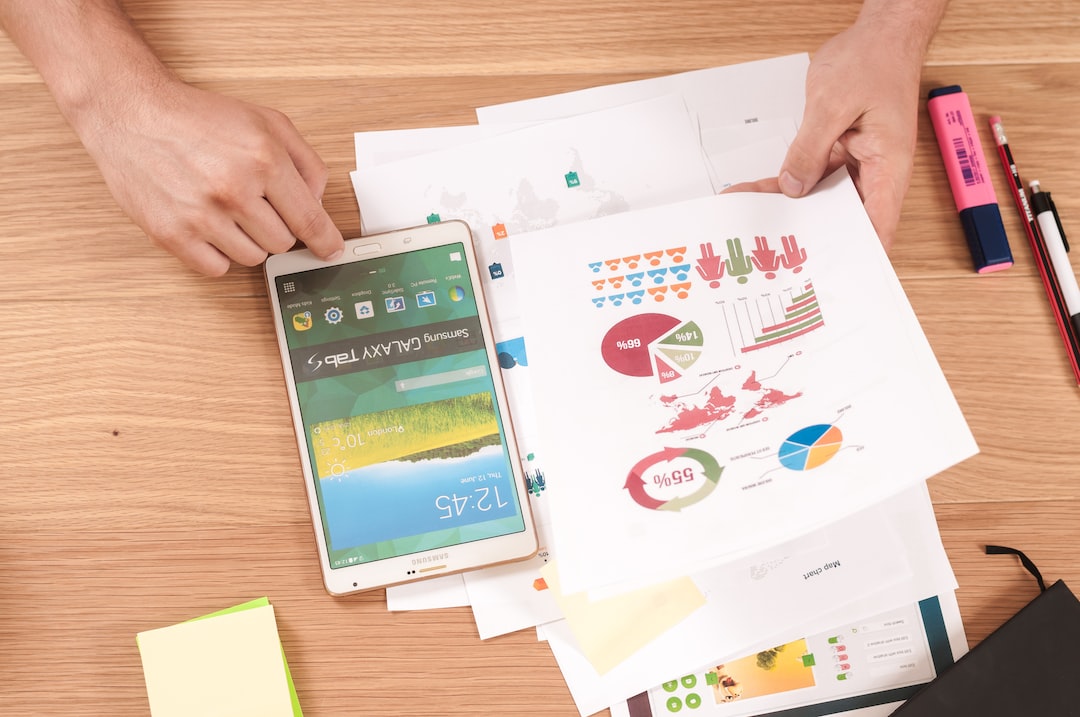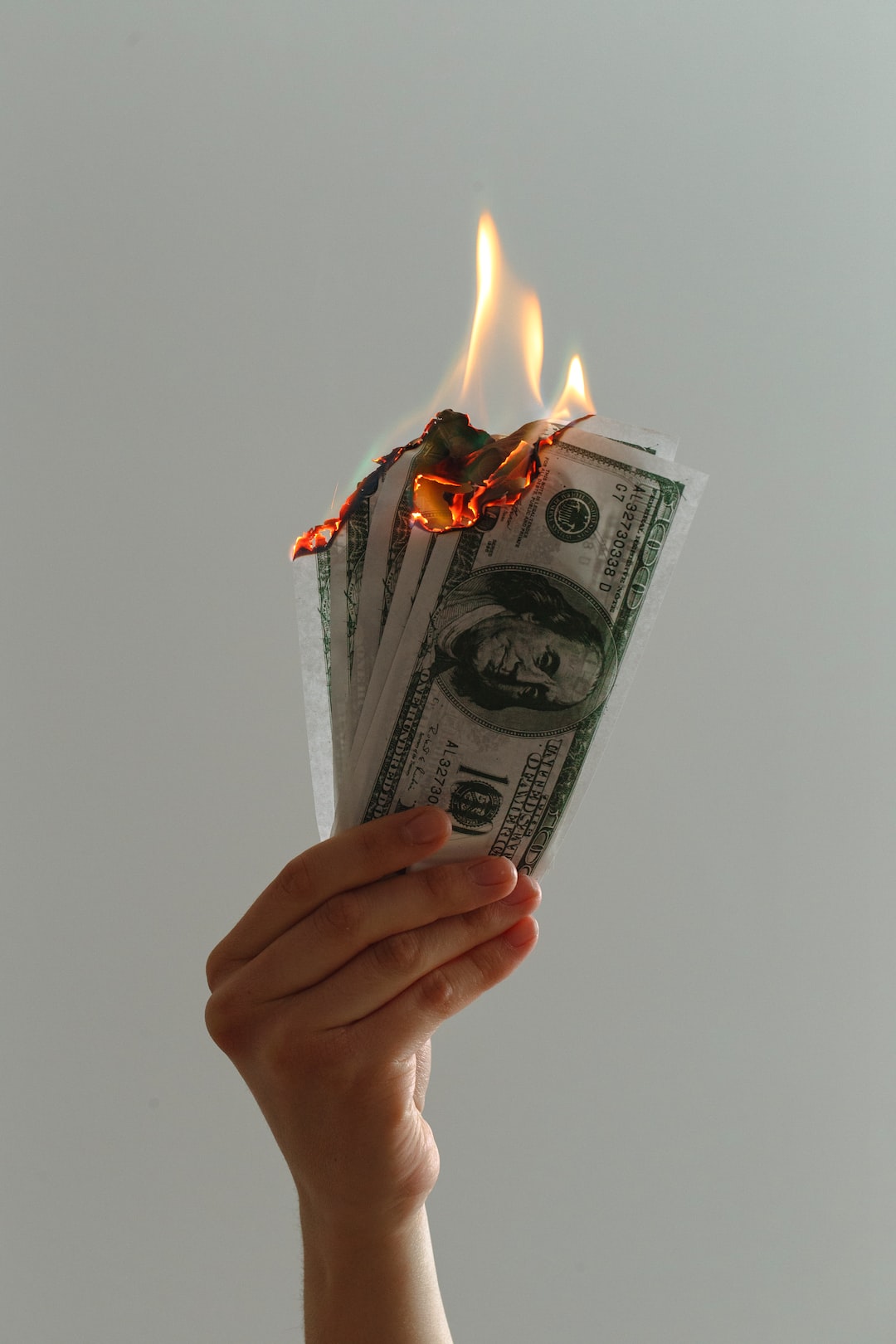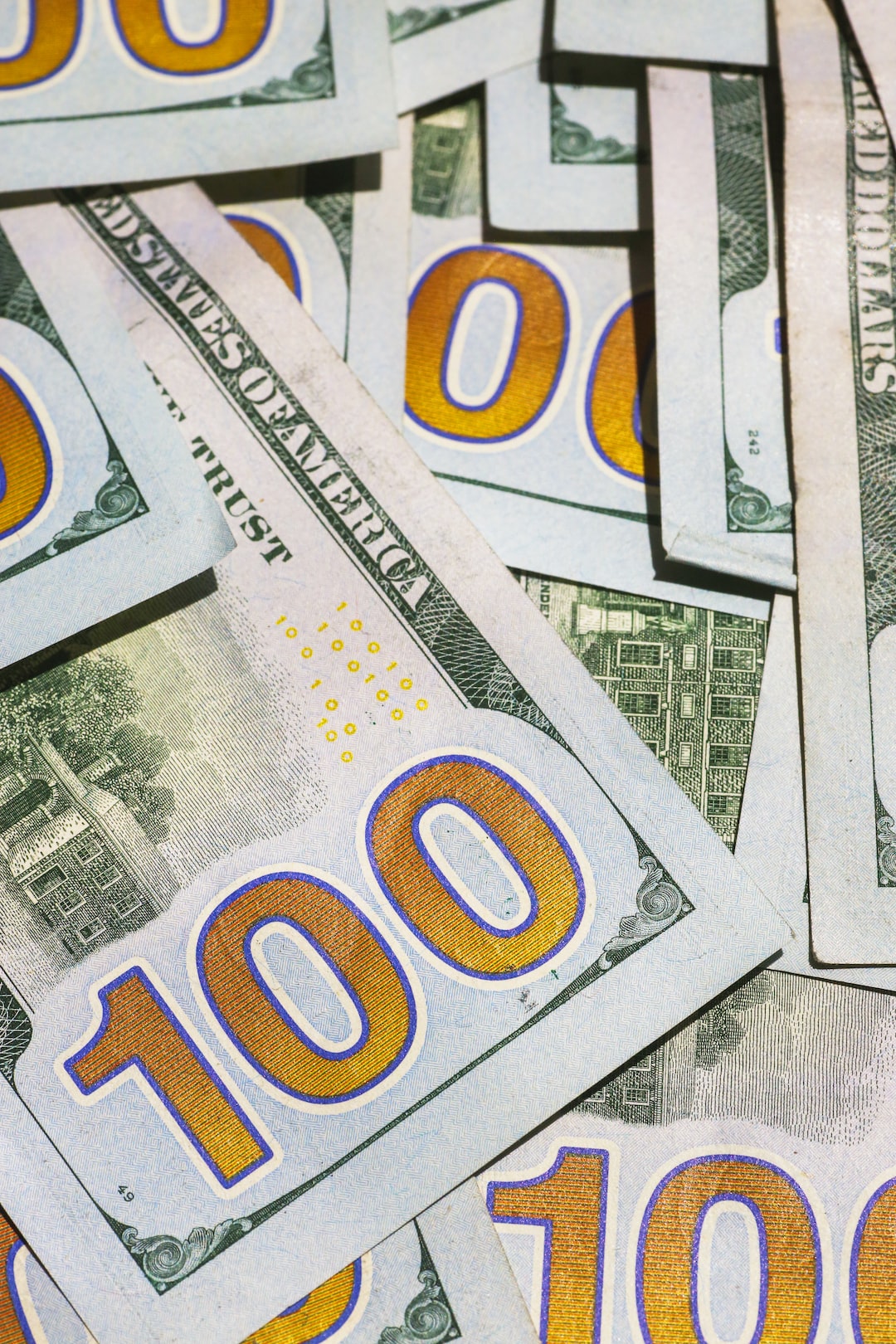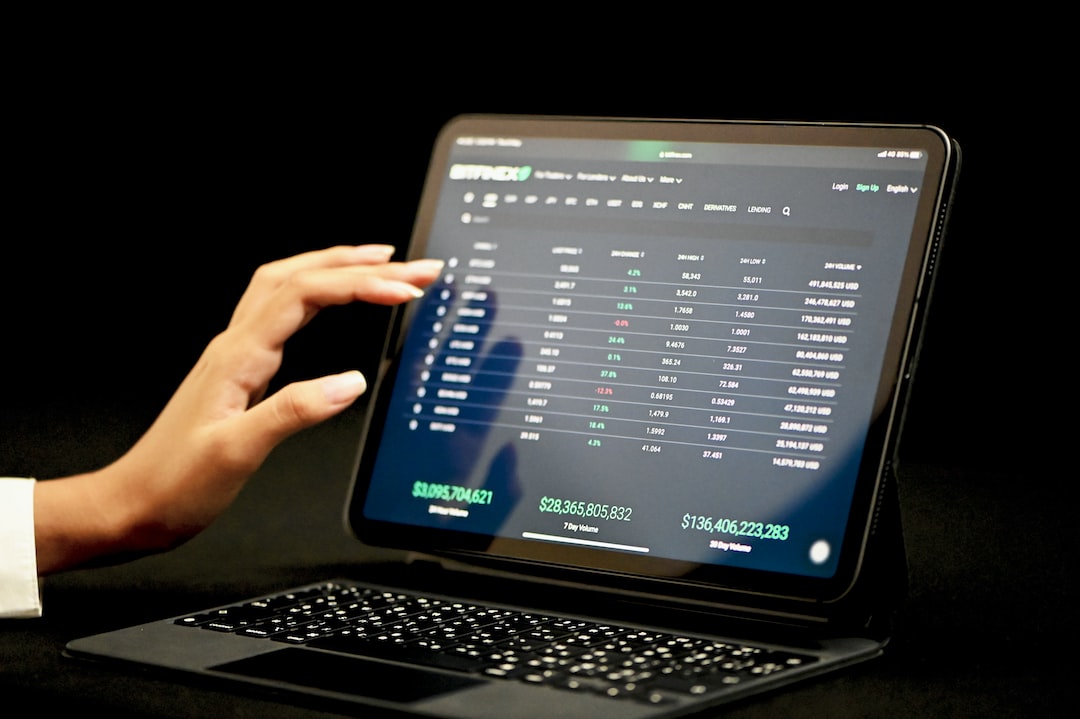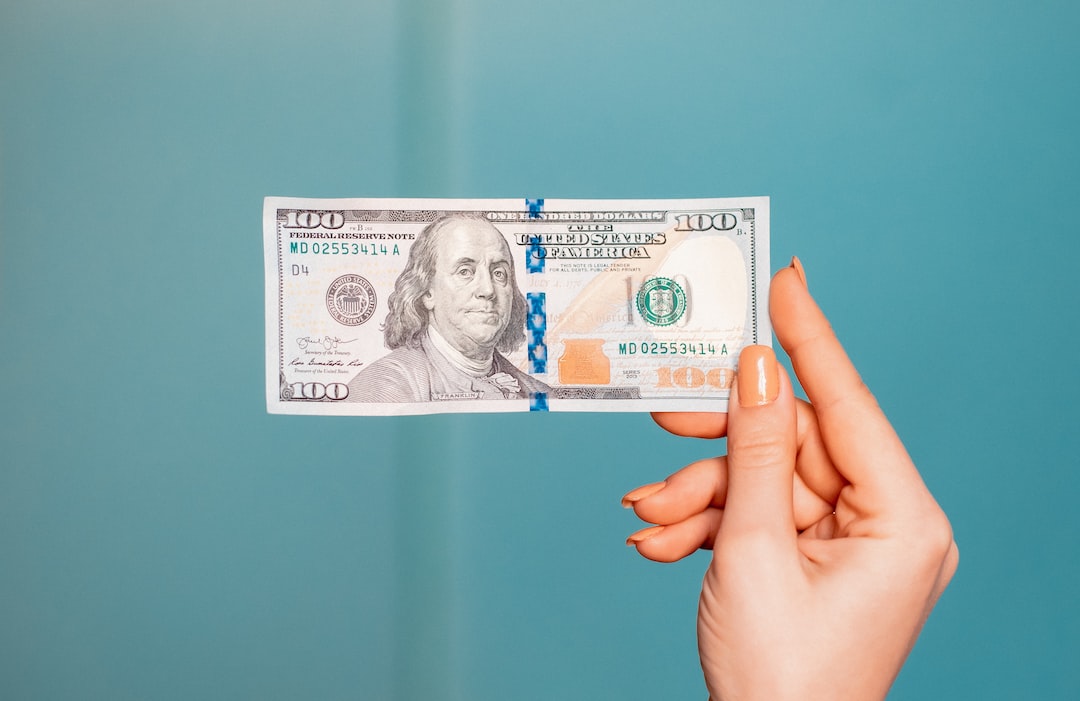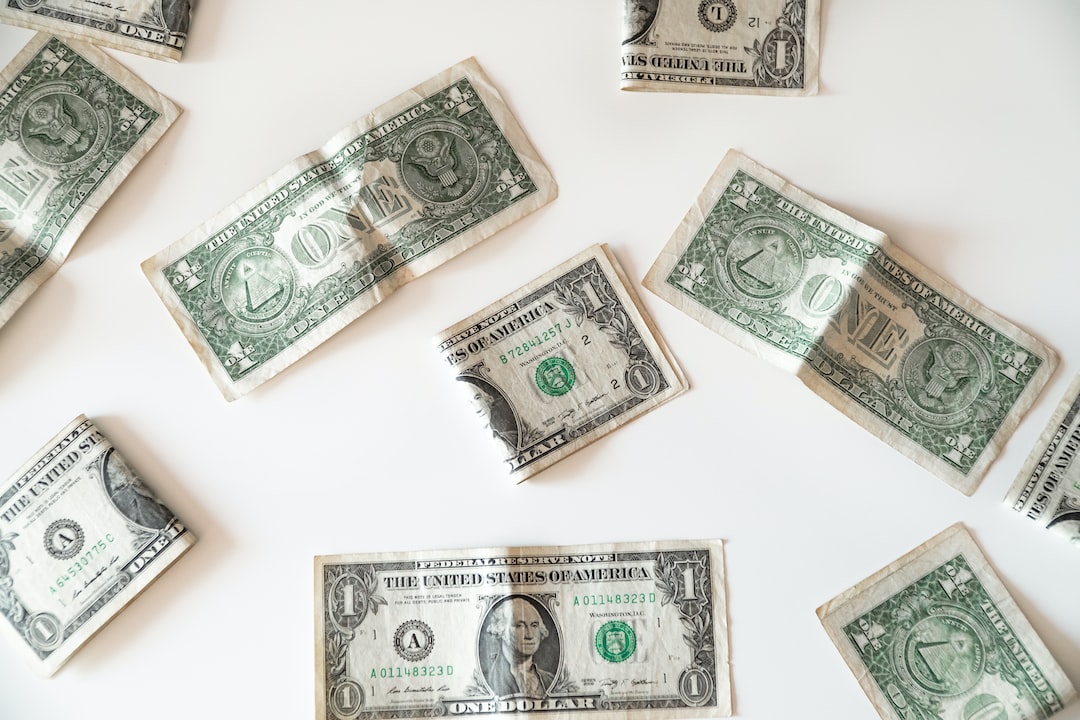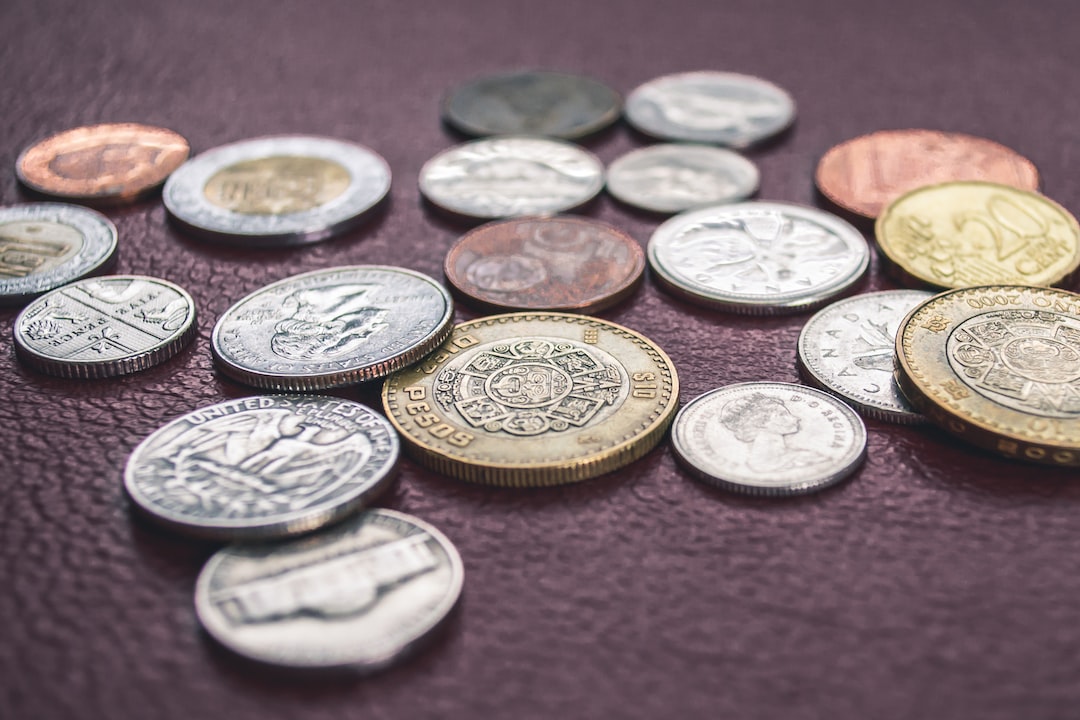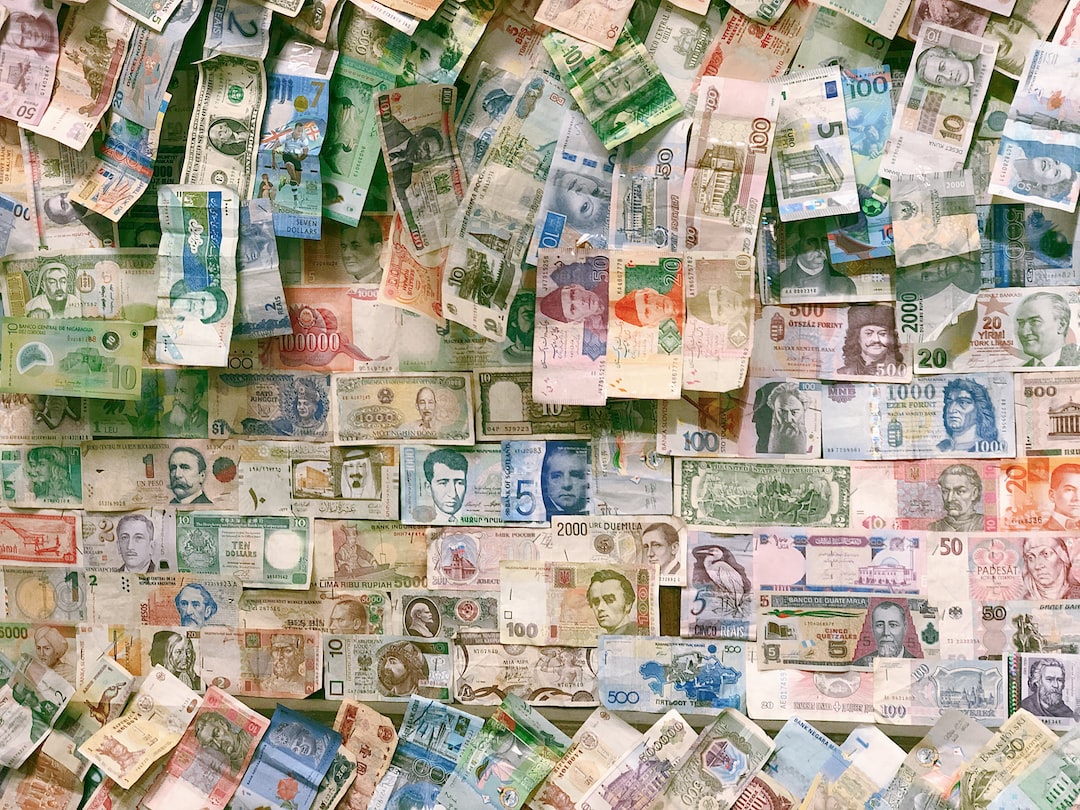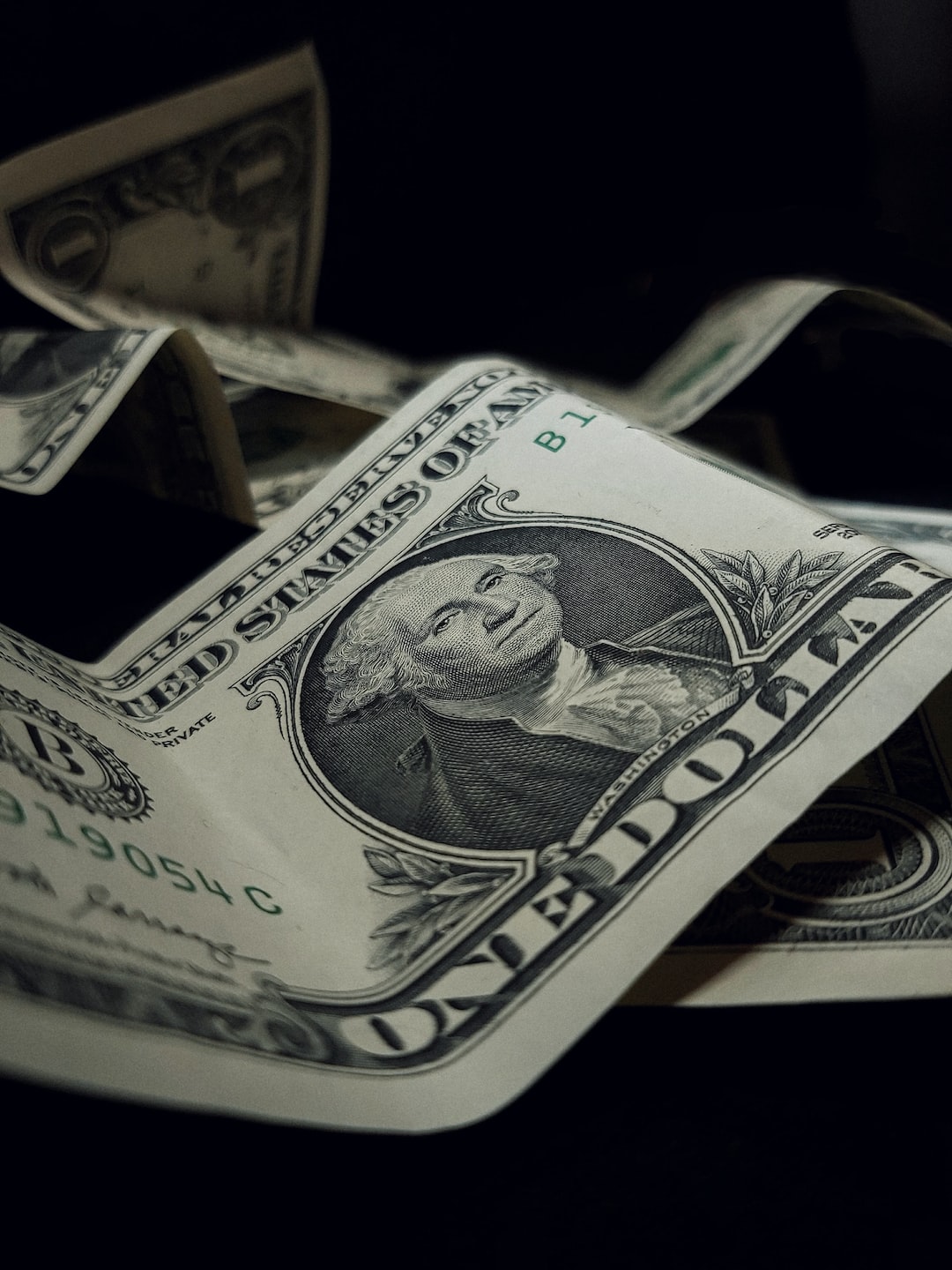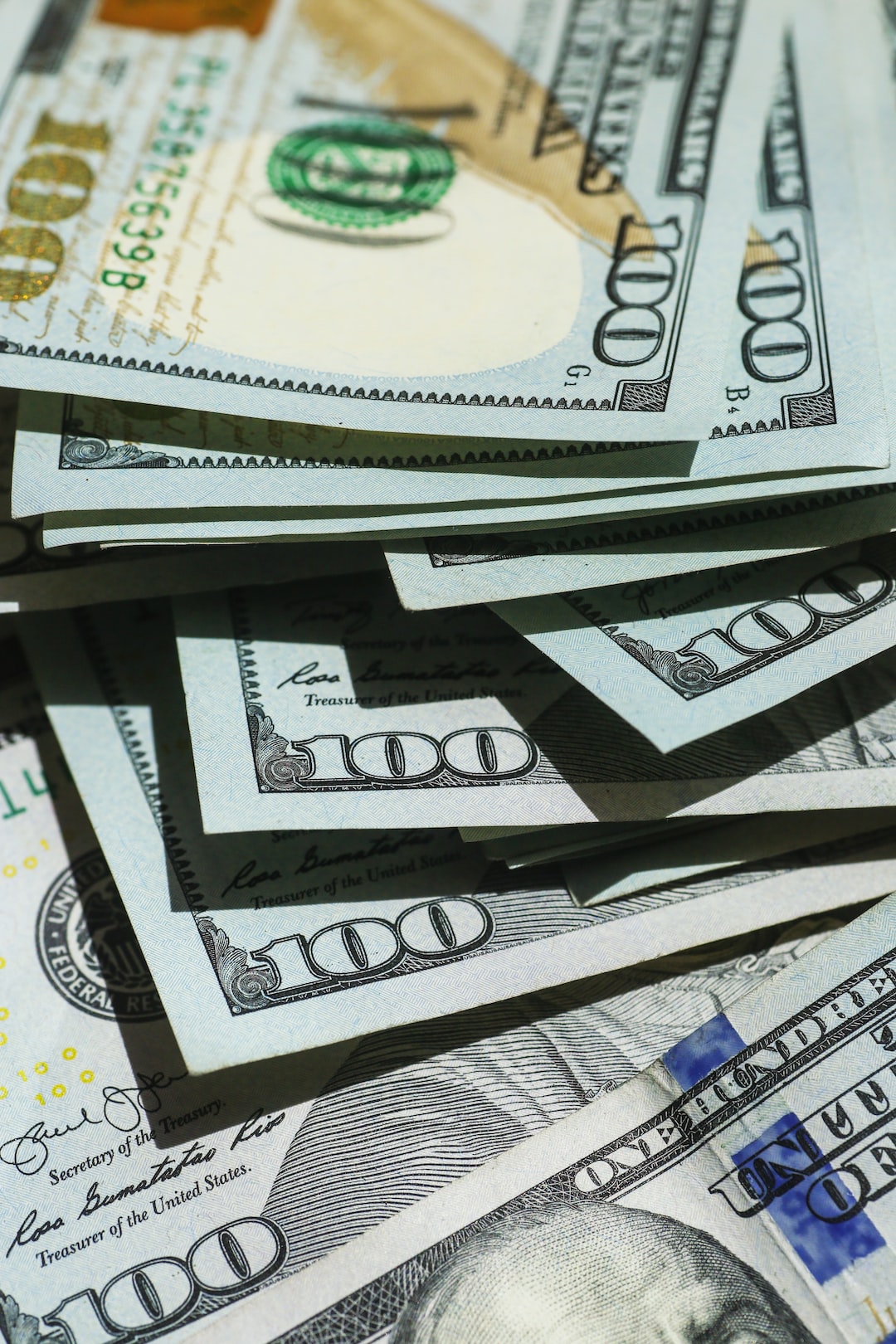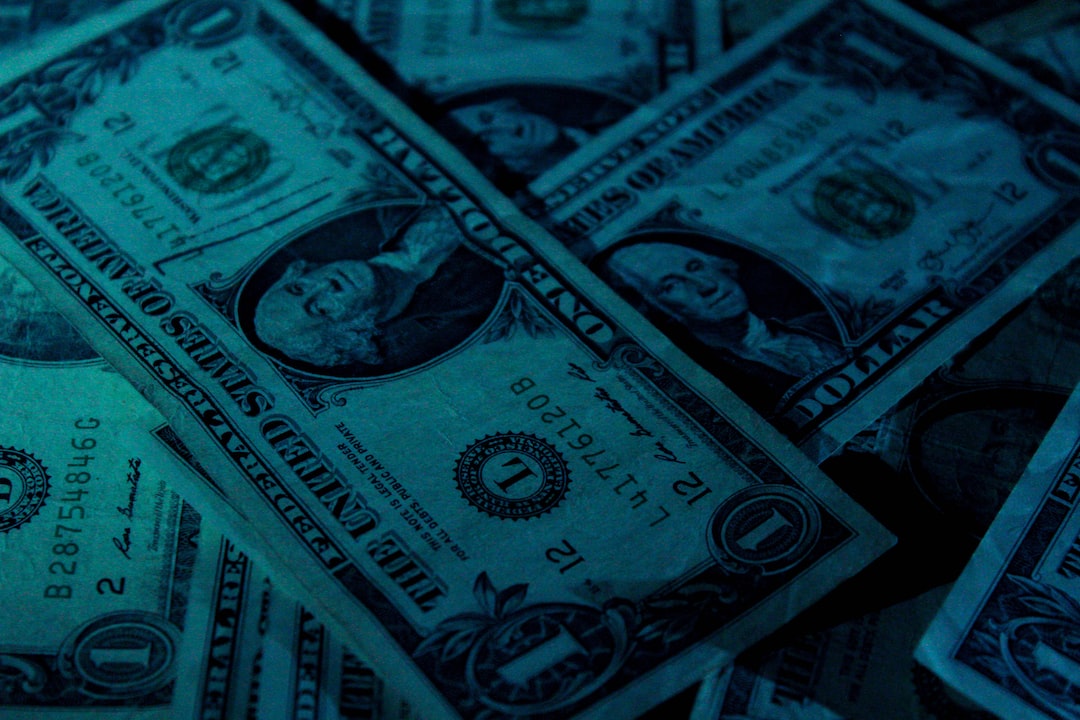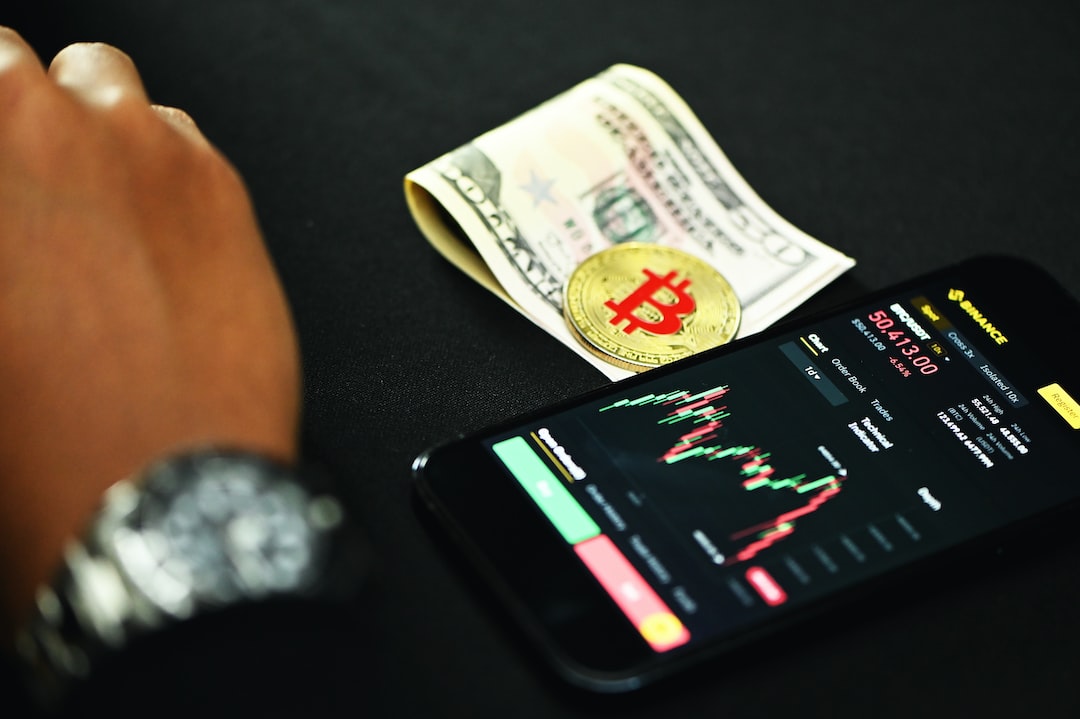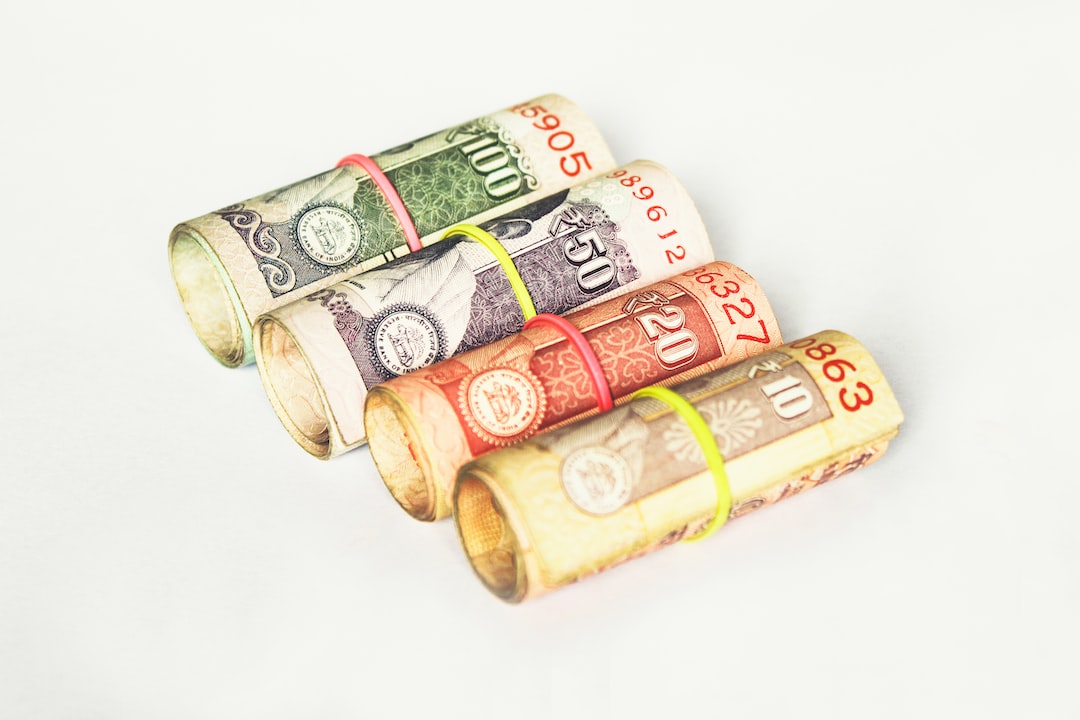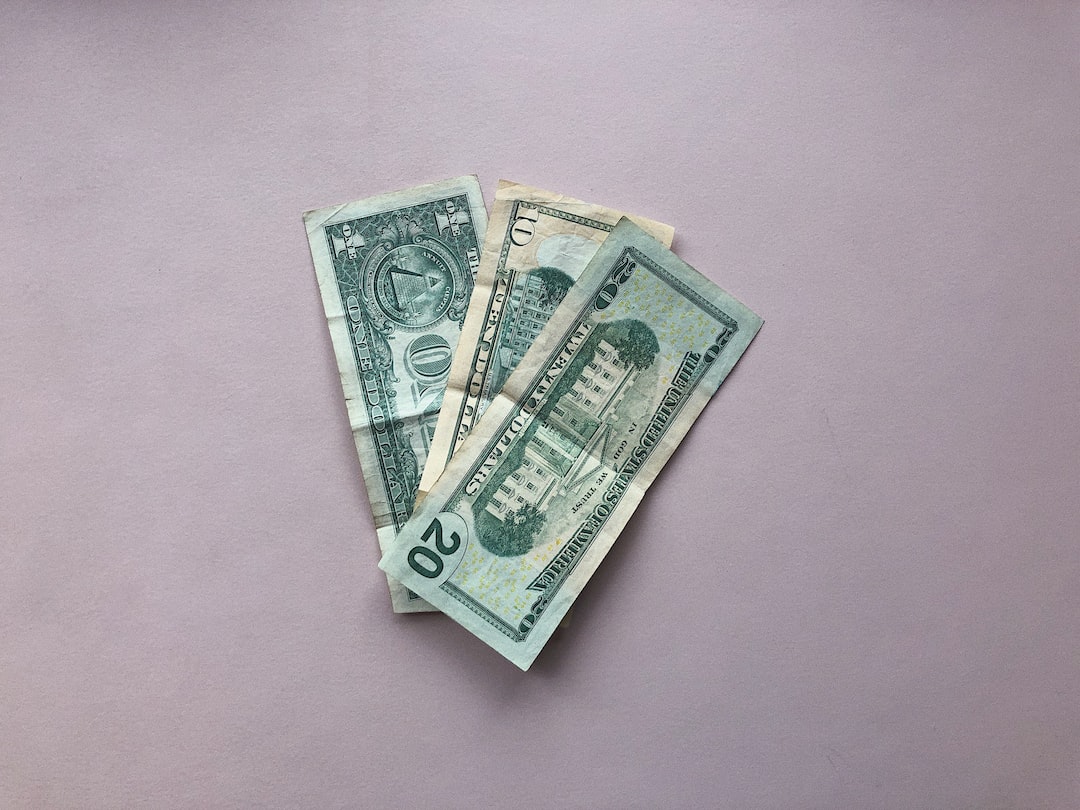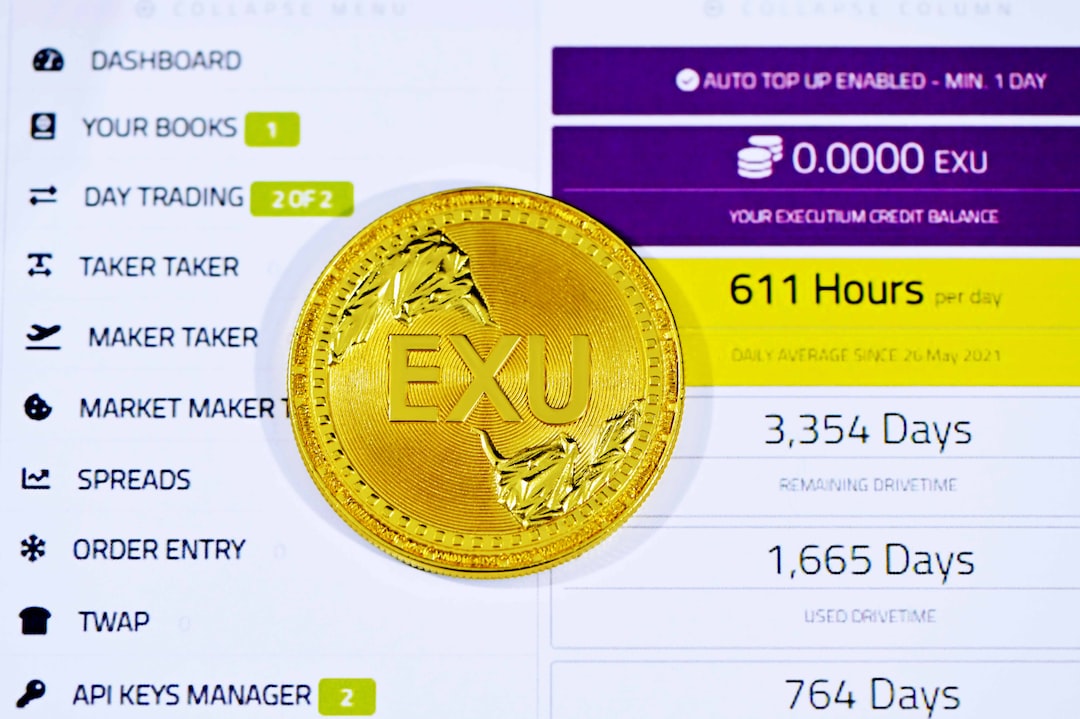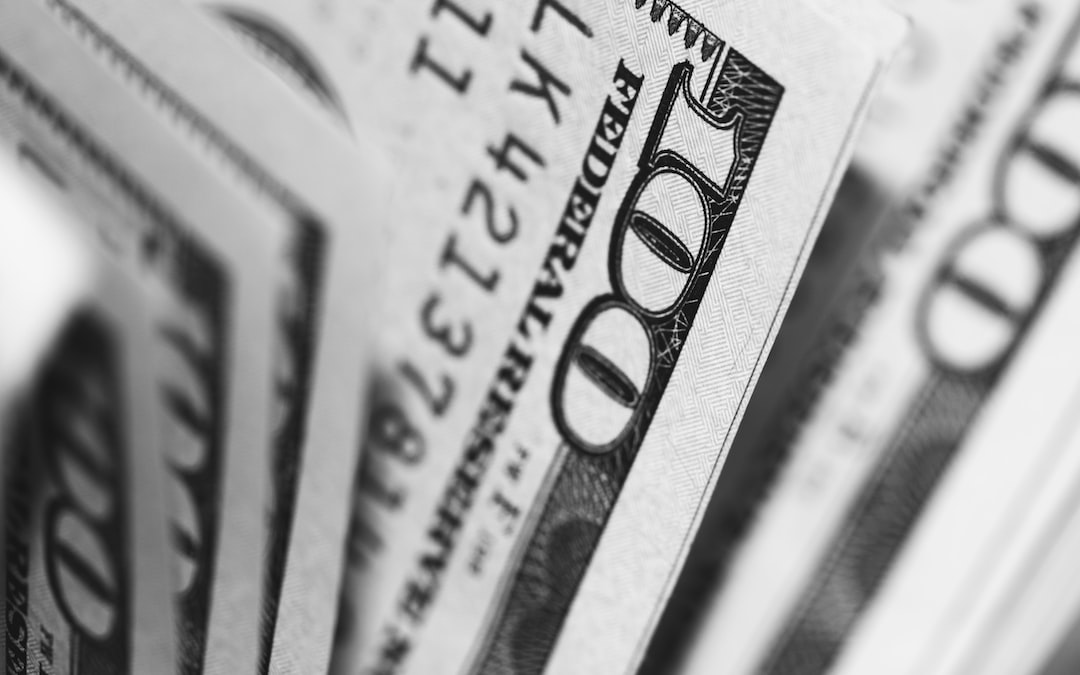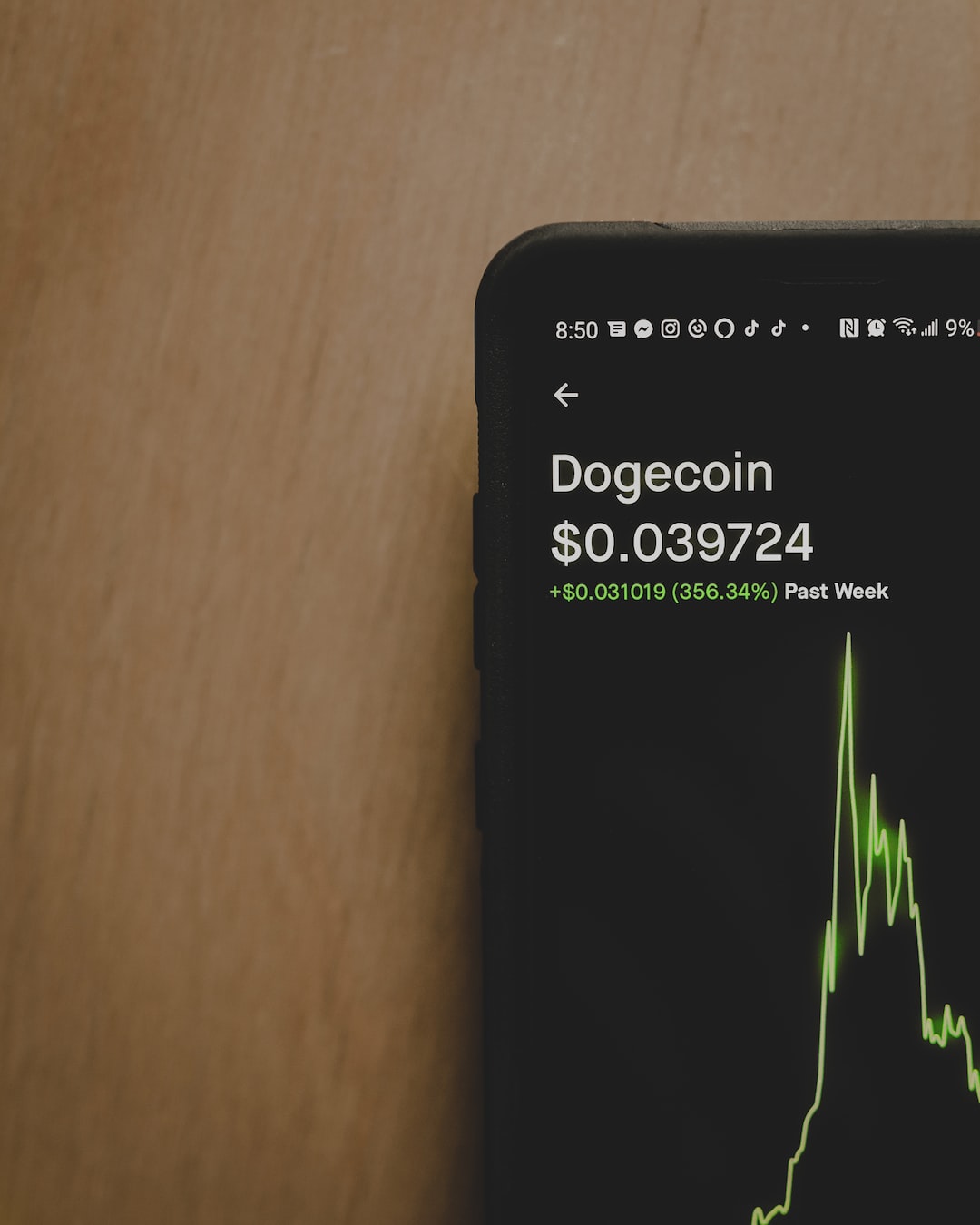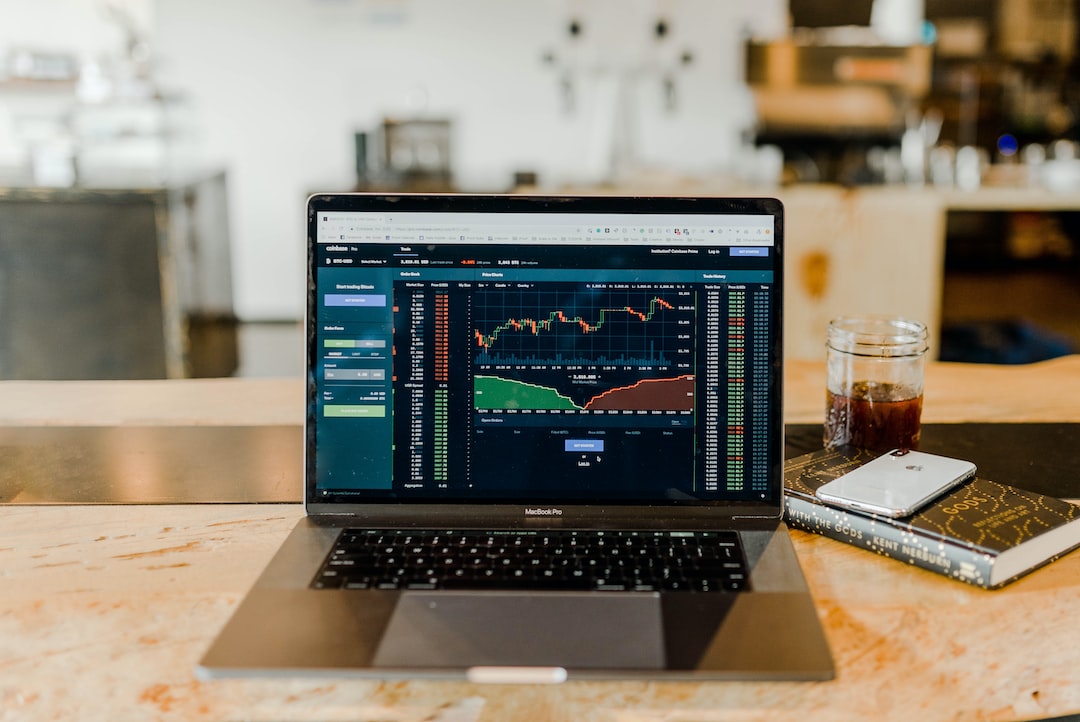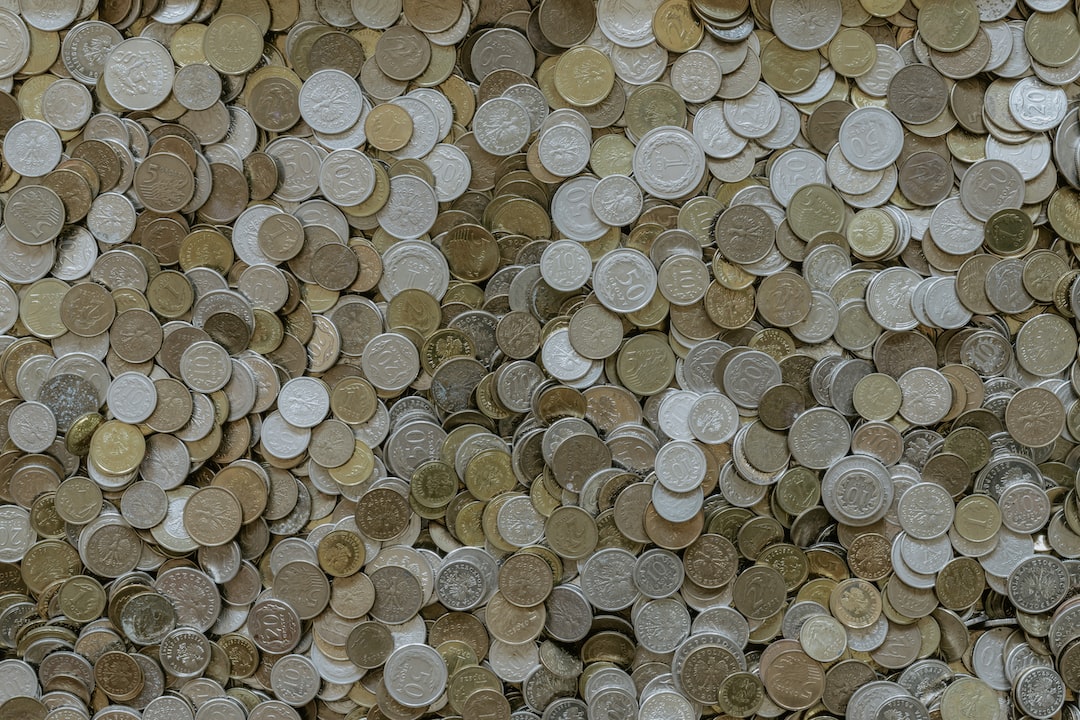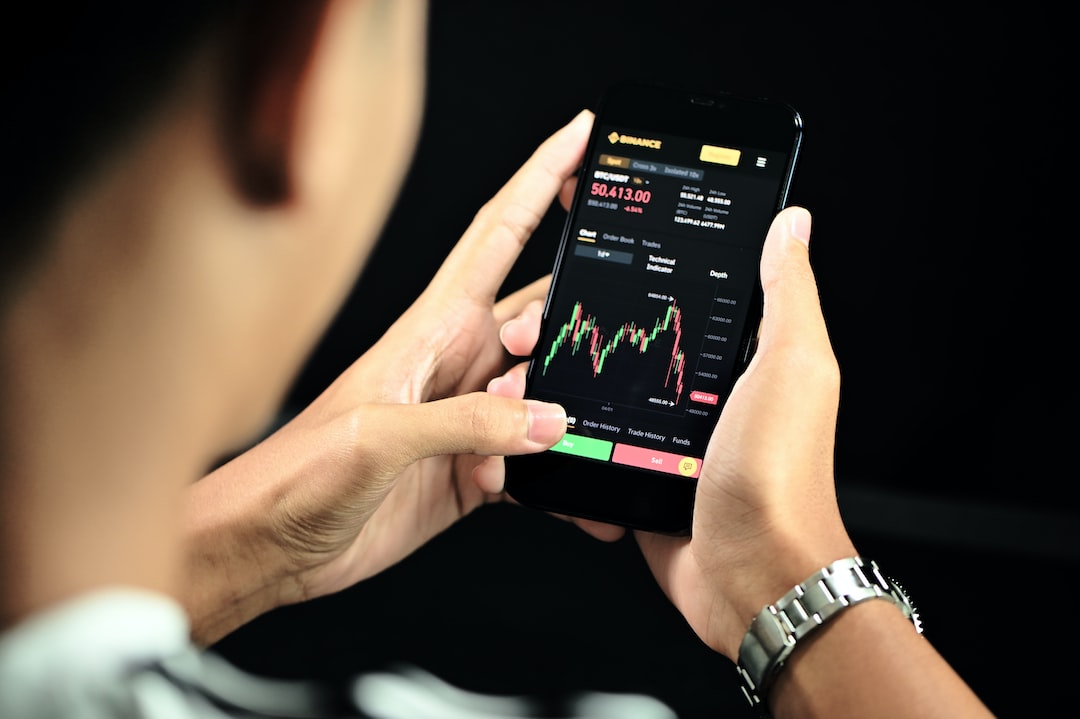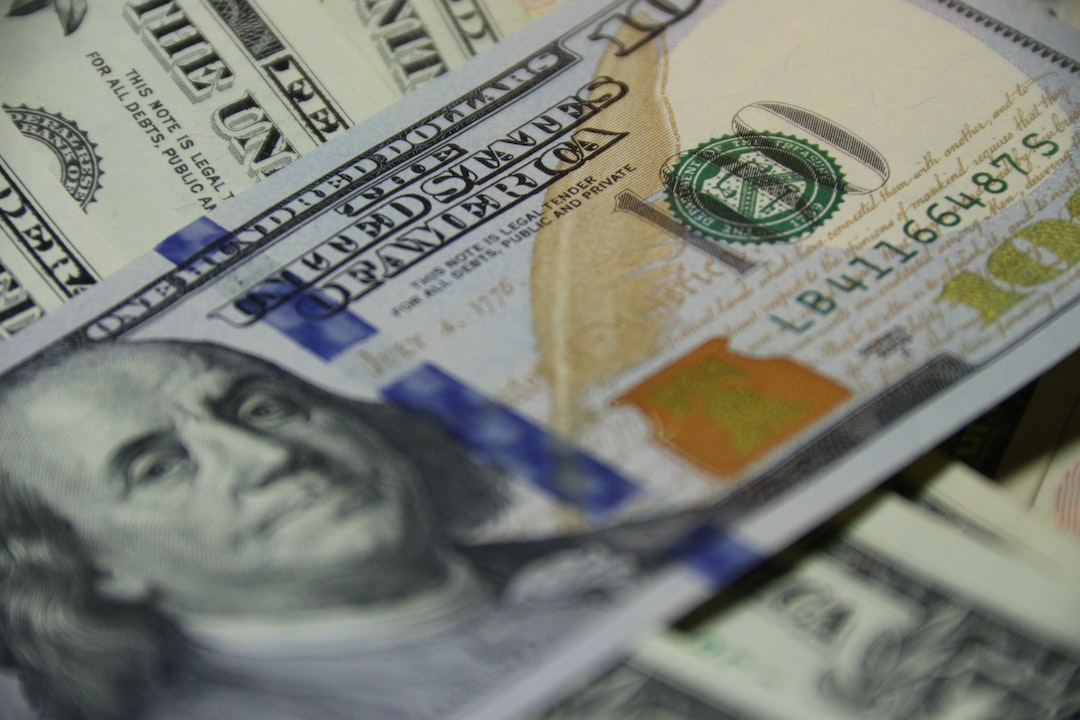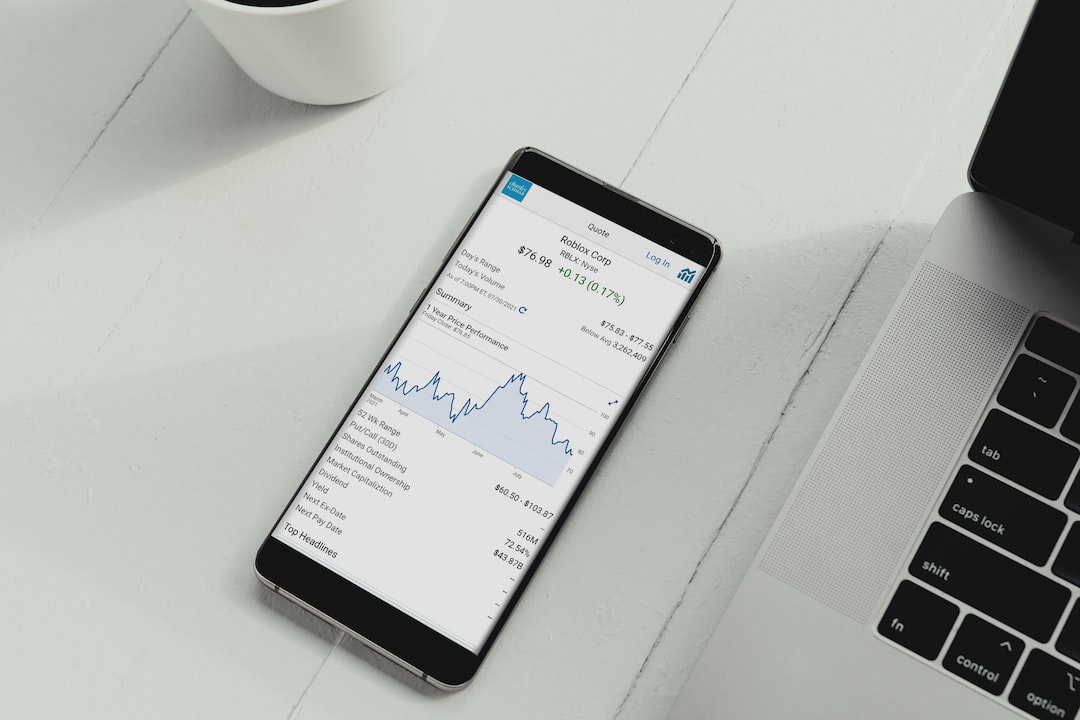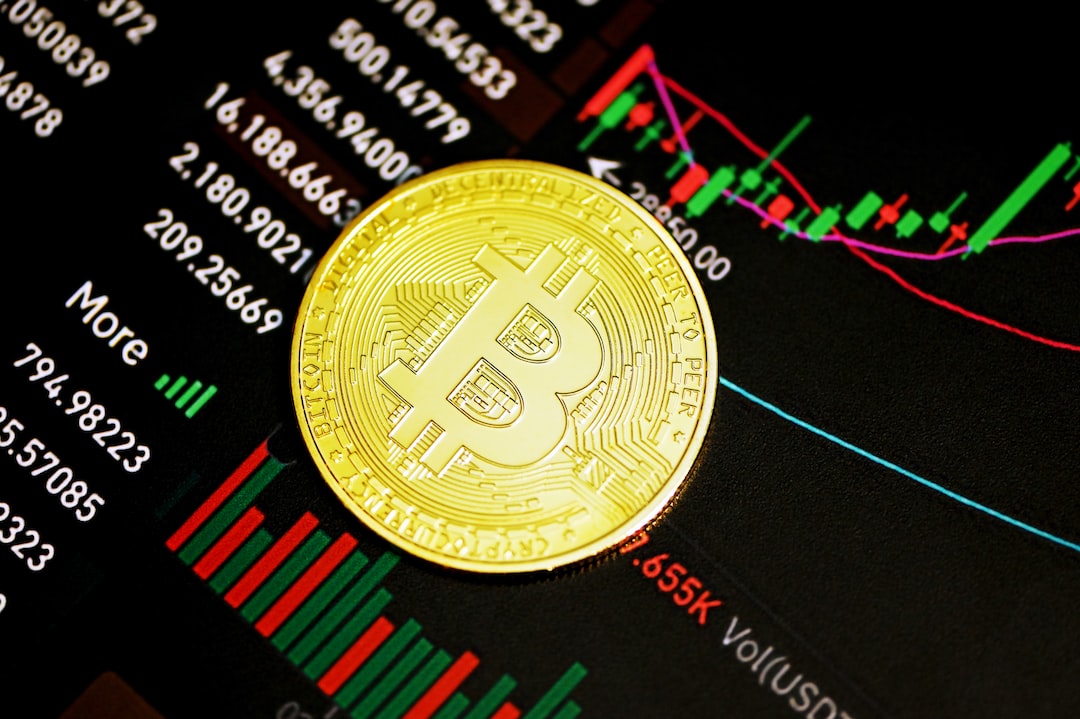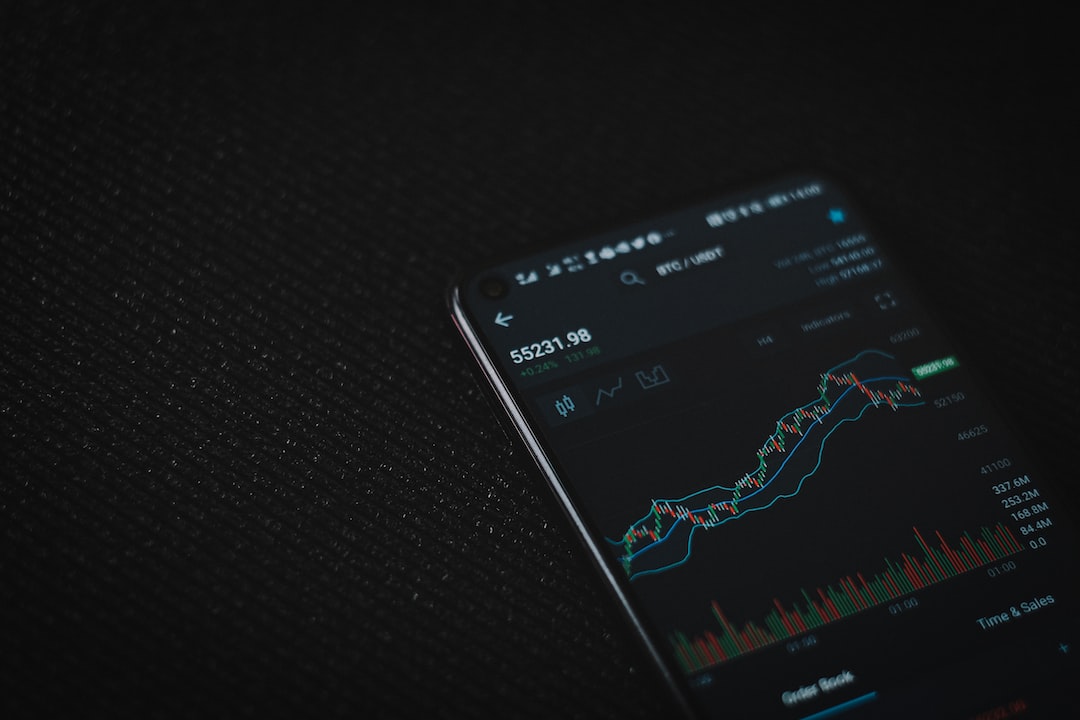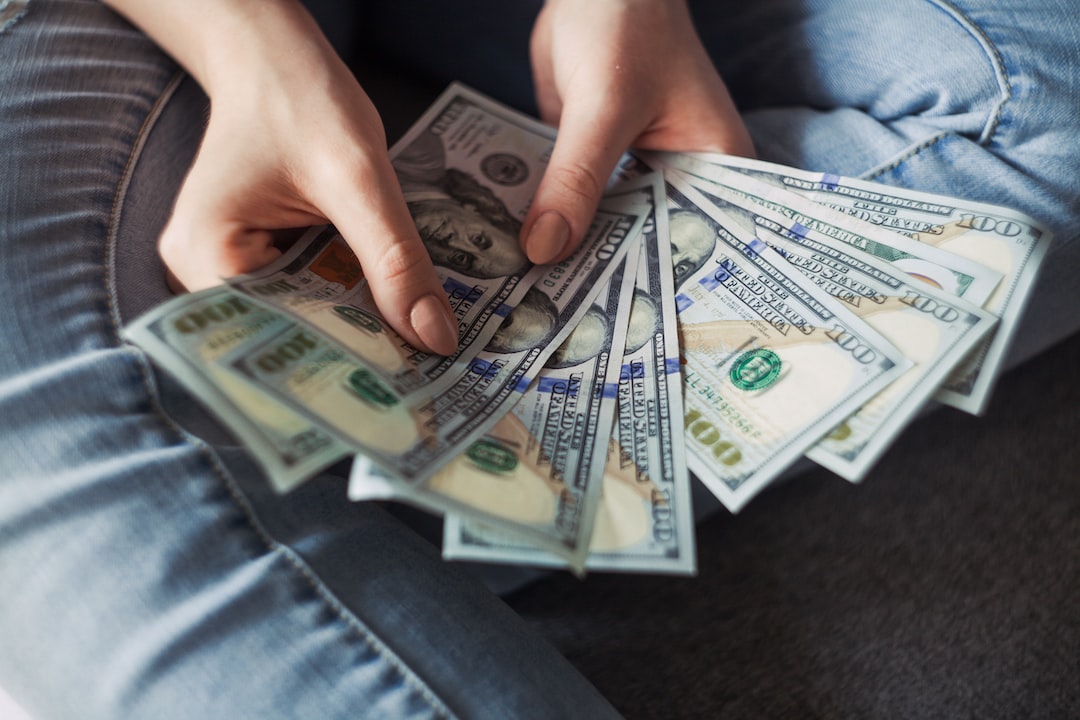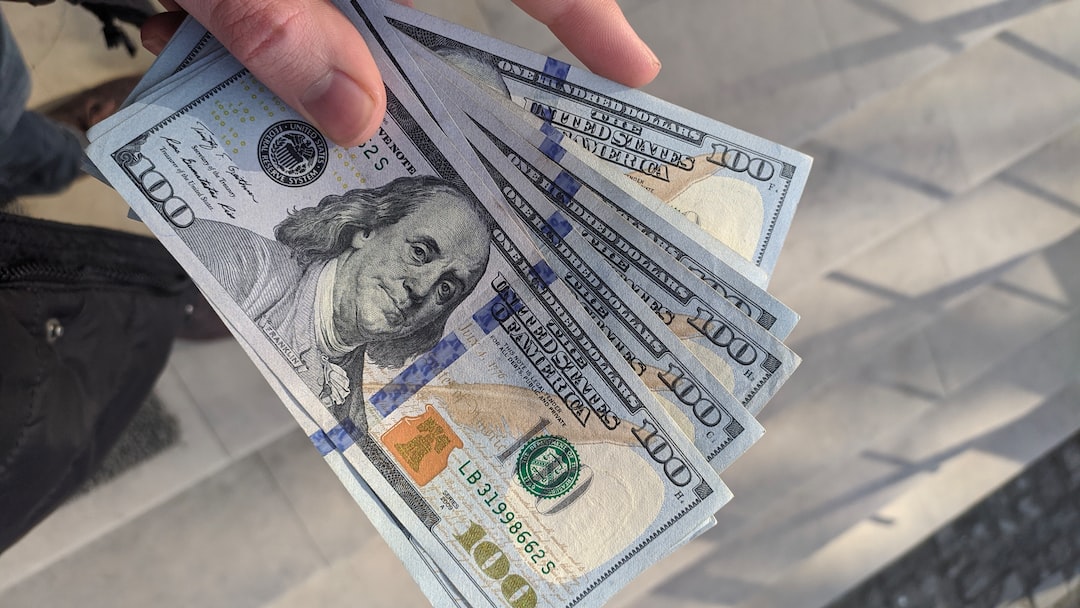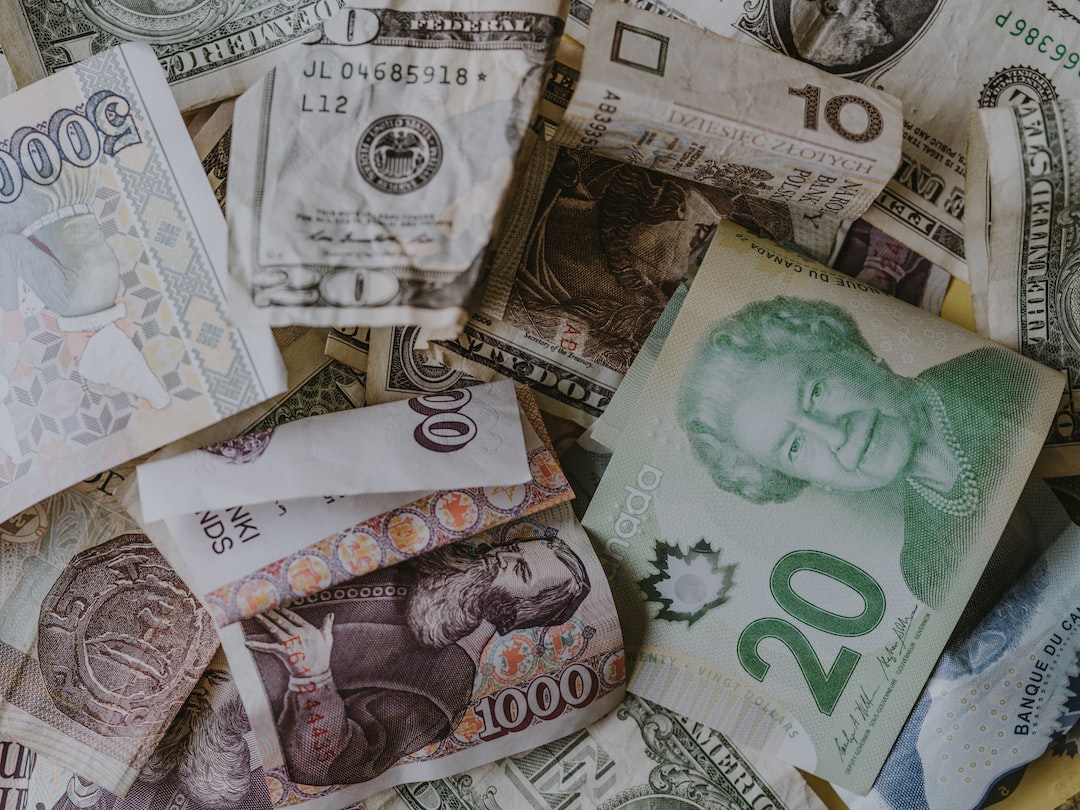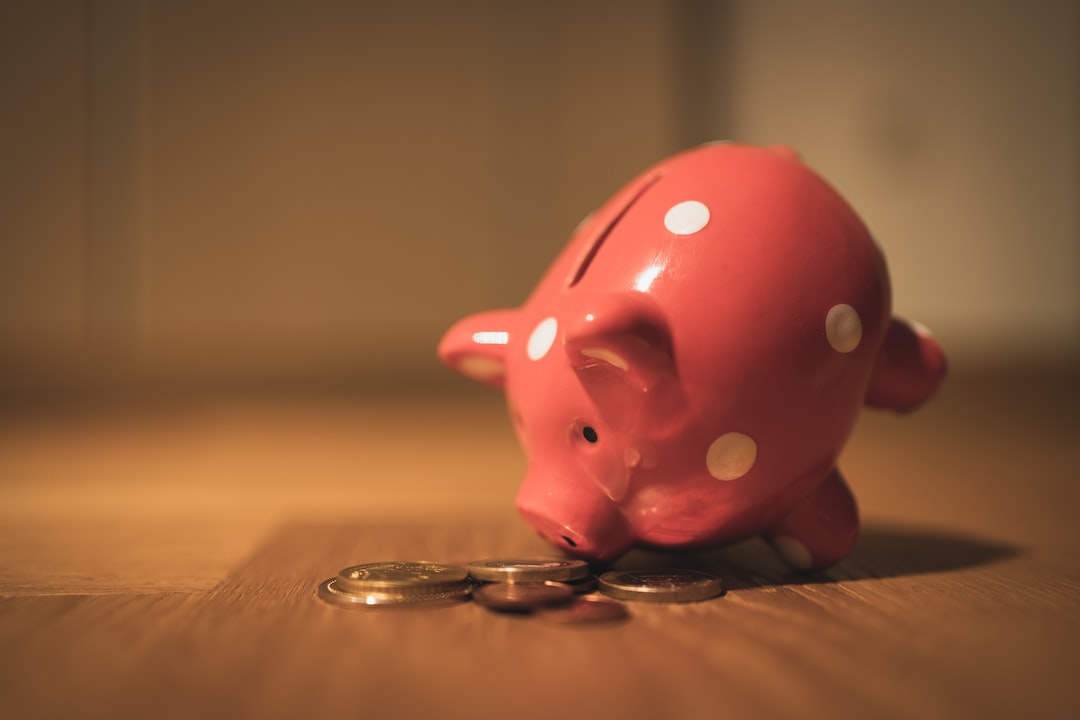Forex trading is a global phenomenon that operates 24 hours a day, 5 days a week. It is a decentralized market that allows traders to buy and sell currencies from all over the world. The forex market operates through various financial centers and exchanges all over the world, each with its own opening and closing times. This means that the forex market is open at different times depending on which financial center you are trading from.
The forex market is primarily divided into four major trading sessions: Sydney, Tokyo, London, and New York. These sessions overlap each other, creating a continuous and seamless trading experience for traders around the world. The trading hours for each session are as follows:
Sydney: 10:00 PM to 7:00 AM (EDT)
Tokyo: 12:00 AM to 9:00 AM (EDT)
London: 3:00 AM to 12:00 PM (EDT)
New York: 8:00 AM to 5:00 PM (EDT)
The forex market starts with the Asian session, which begins in Sydney, Australia, followed by Tokyo, Japan. The Asian session is often quiet and less volatile than the other sessions, with most of the major currency pairs trading in tight ranges.
The European session starts with London, which is the largest trading center in the world, accounting for almost 40% of the daily forex trading volume. The European session is known for its high liquidity and volatility, with most of the major currency pairs experiencing significant price movements during this time.
The American session starts with New York, which is the second-largest trading center in the world, accounting for almost 20% of the daily forex trading volume. The American session is also known for its high liquidity and volatility, with most of the major currency pairs experiencing significant price movements during this time.
It is important to note that the forex market is closed on weekends, which means that traders cannot trade during this time. However, some brokers may allow traders to trade on weekends on certain currency pairs, although the liquidity and volatility during this time are often low.
In addition to the four major trading sessions, there are also other important trading centers that operate during different times of the day. These centers include Frankfurt, Zurich, and Hong Kong, among others. These centers also contribute to the daily trading volume of the forex market.
It is important for traders to understand the different trading sessions and their respective opening and closing times, as this can affect their trading strategies and decision-making. For example, traders may want to focus on trading during the London session, which is known for its high volatility and liquidity, while avoiding the Asian session, which is often quiet and less volatile.
In conclusion, the forex market is a 24-hour market that operates through various financial centers and exchanges around the world. The market is divided into four major trading sessions, each with its own opening and closing times. Traders should be aware of these times and how they can affect their trading strategies and decision-making.

